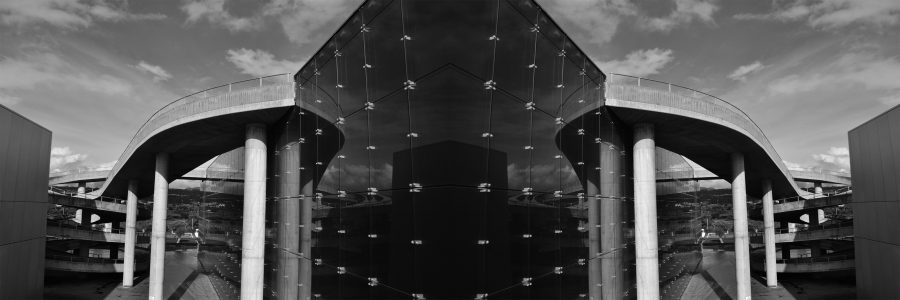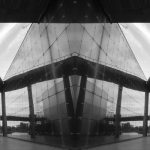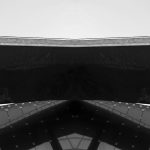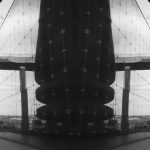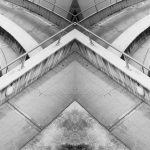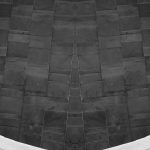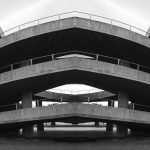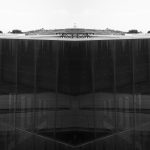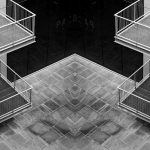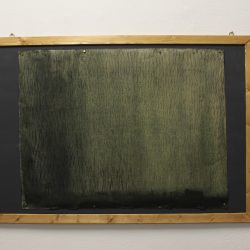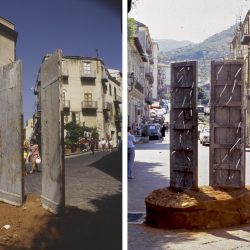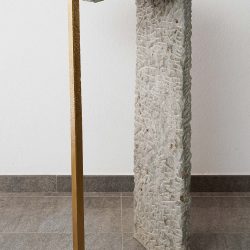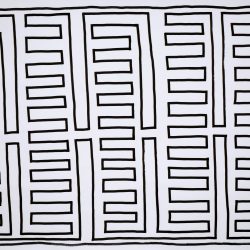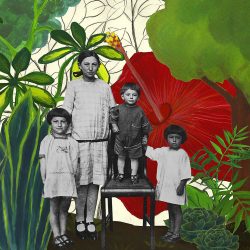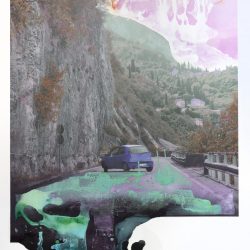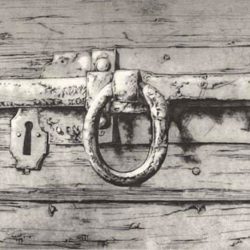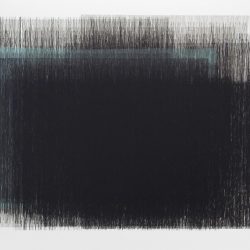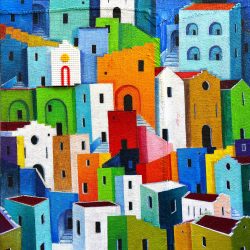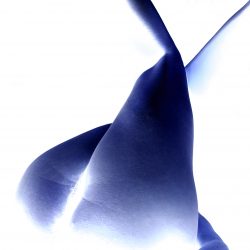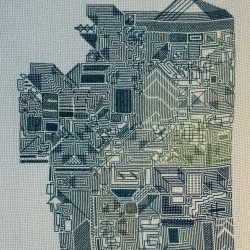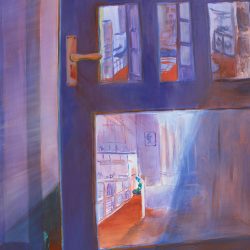work
Viaggio nei non luoghi
| category | Photography |
| subject | Architecture |
| tags | paesaggio, arte, fotografia |
| base | 30 cm |
| height | 10 cm |
| depth | 2 cm |
| year | 2017 |
The evolution of contemporary languages and new technologies generate new stimuli
creativity and new awareness of the gaze on the world around us.
My photographic research stems from a critical reflection on massifying places
of the contemporary, especially in shopping malls, spaces where multitudes of
individuals cross paths without entering into a relationship, driven only by the desire to consume or to
speed up day-to-day operations. They are increasingly present structures in our culture
Western, mirror of a society that identifies itself in consumerism. Starting from the concept of
“Non-places”, a term introduced by the French ethno-anthropologist Marc Augé in 1992, has drawn attention to the access and exit structures of shopping centres.
Non-places have the prerogative of not being identitarian, relational and historical e
they include the structures necessary for the accelerated movement of people
and goods. The key concept on which my research is based is the idea that the centres
are alienating places, therefore the same access and exit structures are there
manifestation of their estrangement.
The purpose of my photographic research is to propose a reflection on the
vision of the contemporary landscape, immerse the viewer's gaze in labyrinthine
concrete structures, lead him to reflect to offer the possibility of seeing,
among them, new horizons.
Geometric, linear, essential shapes, generated by the interweaving of architectural structures,
which seem to unite, in addition to concrete, sky and earth, in an infinite embrace. In fact, the same
frames, elaborated in the post-production phase and juxtaposed in a specular way
in a single image, they restore a new structure of the "non-place".
In this visual "rebus", in which space and time are deliberately compressed,
the solution lies in the continuous imaginary flow of entry and exit in these aberrants
and alienating architectural structures.
The structures, in the absence of a "physical" flow, appear as a skeleton, creating new horizons of possibilities and visual interpretation of the contemporary landscape.
Black and white photographs, printed on cotton paper.
creativity and new awareness of the gaze on the world around us.
My photographic research stems from a critical reflection on massifying places
of the contemporary, especially in shopping malls, spaces where multitudes of
individuals cross paths without entering into a relationship, driven only by the desire to consume or to
speed up day-to-day operations. They are increasingly present structures in our culture
Western, mirror of a society that identifies itself in consumerism. Starting from the concept of
“Non-places”, a term introduced by the French ethno-anthropologist Marc Augé in 1992, has drawn attention to the access and exit structures of shopping centres.
Non-places have the prerogative of not being identitarian, relational and historical e
they include the structures necessary for the accelerated movement of people
and goods. The key concept on which my research is based is the idea that the centres
are alienating places, therefore the same access and exit structures are there
manifestation of their estrangement.
The purpose of my photographic research is to propose a reflection on the
vision of the contemporary landscape, immerse the viewer's gaze in labyrinthine
concrete structures, lead him to reflect to offer the possibility of seeing,
among them, new horizons.
Geometric, linear, essential shapes, generated by the interweaving of architectural structures,
which seem to unite, in addition to concrete, sky and earth, in an infinite embrace. In fact, the same
frames, elaborated in the post-production phase and juxtaposed in a specular way
in a single image, they restore a new structure of the "non-place".
In this visual "rebus", in which space and time are deliberately compressed,
the solution lies in the continuous imaginary flow of entry and exit in these aberrants
and alienating architectural structures.
The structures, in the absence of a "physical" flow, appear as a skeleton, creating new horizons of possibilities and visual interpretation of the contemporary landscape.
Black and white photographs, printed on cotton paper.



